
Such eruptions are linked with some of the most profound changes in Earth's history. These include the biggest mass extinction, which happened 252 million years ago when volcanoes blanketed Siberia with molten rock and poisonous gases.
"As we go back in time, we're discovering events that are every bit as big," says Richard Ernst, a geologist at Carleton University in Ottawa, Canada, and Tomsk State University in Russia, who led the work. "These are magnificent huge things."
Knowing when and where such eruptions occurred can help geologists to pinpoint ore deposits, reconstruct past supercontinents and understand the birth of planetary crust. Studying this type of volcanic activity on other planets can even reveal clues to the geological history of the early Earth.
Ernst presented the findings this month to an industry consortium that funded the work (see 'Earth's biggest eruptions'). He expects to make the data public by the end of the year, through a map from the Commission for the Geological Map of the World in Paris.
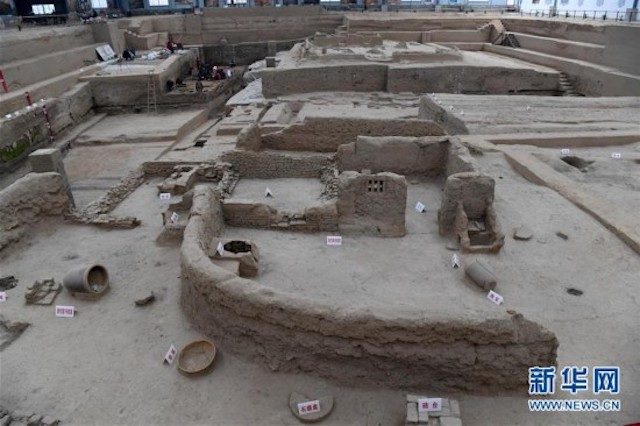
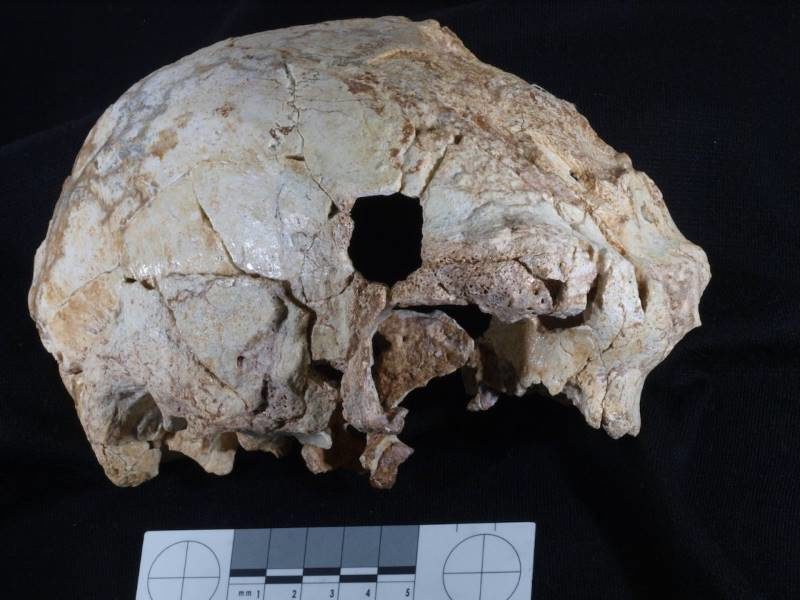
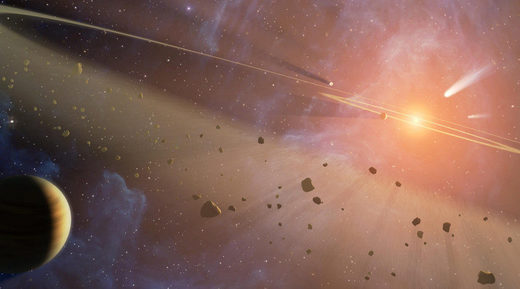



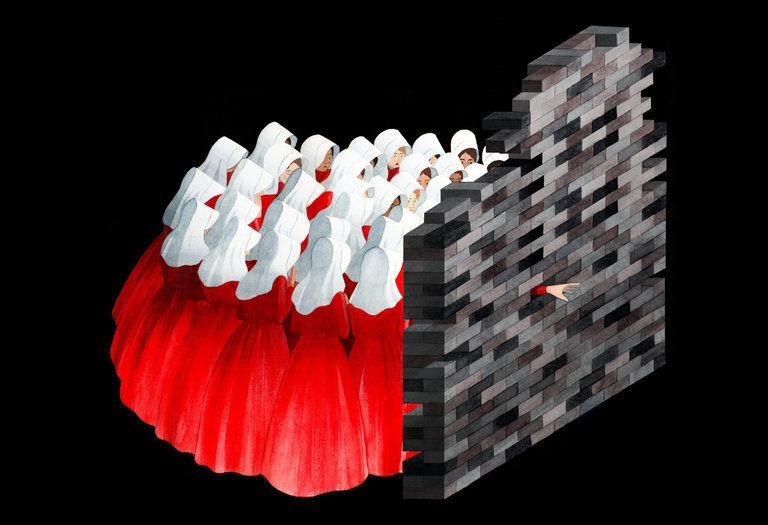

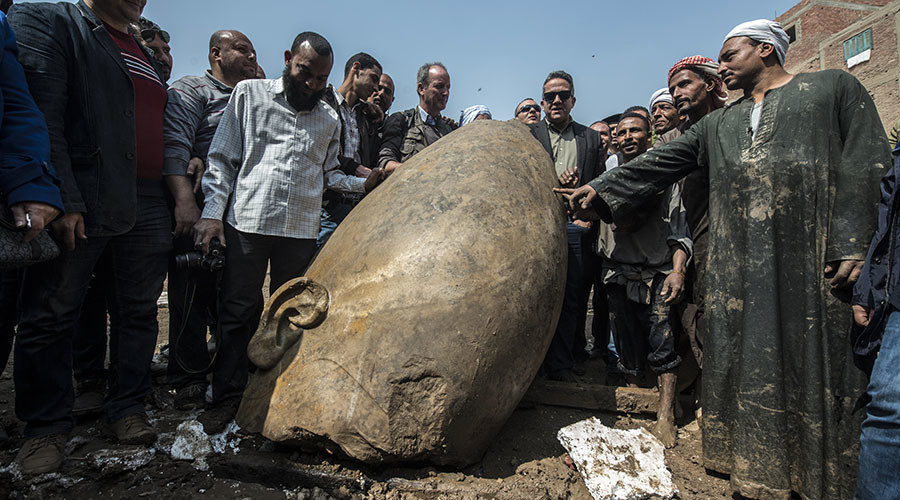



Comment: See also: Previously unseen photographs of Stalin's Russia revealed by US historian